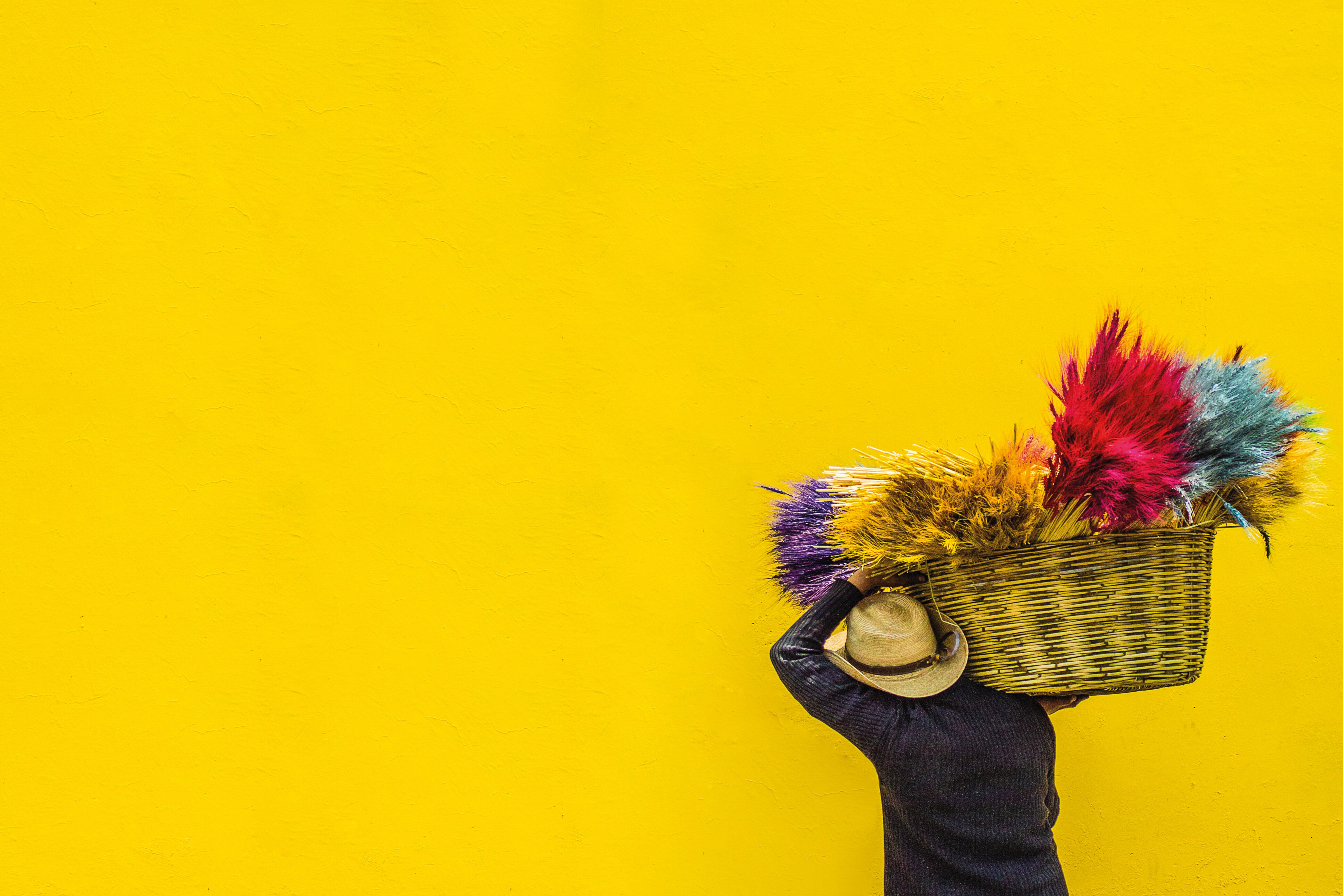The Mysterious Dame of the '30s

The Mysterious Dame of the '30s - Flappers, Feathers, and Forbidden Fruit
The Roaring Twenties ushered in a cultural revolution that shattered societal norms and challenged the status quo. At the forefront of this seismic shift were the enigmatic figures known as flappers. These bold, independent women embraced a new era of personal freedom, shedding the restrictive corsets and long skirts of the past in favor of short, beaded dresses that revealed their ankles and accentuated their lithe frames.
With their bobbed hair, painted lips, and mischievous eyes, flappers captivated the imaginations of a generation. They danced the Charleston with reckless abandon, frequented speakeasies, and engaged in activities that were once deemed taboo, such as smoking and drinking in public. This newfound sense of liberation was not just confined to fashion and social customs; it extended to the realm of sexuality as well.
Flappers reveled in the idea of "forbidden fruit," openly exploring their desires and challenging the traditional gender roles that had long defined women's place in society. They engaged in affairs, often with married men, and embraced the concept of the "free love" movement, which rejected the idea of monogamy as the only acceptable form of romantic expression.
This pursuit of pleasure and self-actualization was not without its critics, however. Conservative elements in society viewed the flapper lifestyle as a threat to the moral fabric of the nation, and attempted to curb their perceived excesses through legislation and social pressure. Yet, the flappers remained undaunted, using their wit, charm, and rebellious spirit to navigate the treacherous waters of a rapidly changing world.
The Mysterious Dame of the '30s - Speakeasies and the Lost Generation
The illicit underground speakeasies of the Prohibition era played a pivotal role in shaping flapper culture and serving as haunts for the writers of the Lost Generation. As alcohol was banned across America, these secret venues sprang up in basements, attics, and back rooms of establishments, providing a discreet place for flappers and artists alike to imbibe forbidden liquors and cavort without judgment. The air was thick with cigarette smoke, conversations were lively and loose-lipped, and impromptu parties raged from dusk till dawn. For many, it was a thrilling escape from the constraints of a buttoned-up society.
Flappers flocked to these hideaways to dance, mingle, and partake of the free-flowing bathtub gin and moonshine. An air of daring and adventure permeated the scene as revelers constantly had to be on guard for police raids. Patrons developed elaborate codes and signals to identify safe venues, often by asking doormen if the owner was in - the reply "yes" indicating the coast was clear. Inside, flappers laughed and danced without care, their beaded dresses and bangles catching the low lights. For these liberated women, the speakeasy symbolized their break from tradition more than any fashion statement ever could.
Meanwhile, writers and artists of the Lost Generation found acceptance and inspiration in the dark, smoky corners of the speakeasy. They debated ideas late into the night, fueled by illegal whiskey and bonded by their shared disillusionment with post-war society. Ernest Hemingway drew heavily on his experiences carousing in speakeasies across Europe and America, using them as settings in classics like The Sun Also Rises. For these literary luminaries, the speakeasy served not just as a watering hole, but a refuge where their creativity and non-conformist outlook were allowed to flourish.
The Mysterious Dame of the '30s - Hollywood's Leading Ladies of Intrigue
The golden age of Hollywood in the 1930s was a time of unparalleled glitz, glamour, and mystery. Amid the dazzling lights of the silver screen, a new breed of actresses emerged - enigmatic, alluring, and shrouded in an aura of enigma. These were the leading ladies of intrigue, whose captivating personas and off-screen antics captivated the public's imagination and cemented their status as cultural icons.
One such enigmatic figure was Greta Garbo, the enigmatic Swedish siren whose brooding gaze and elusive nature made her the epitome of Hollywood mystique. Garbo's reluctance to grant interviews or engage in the typical publicity stunts of the era only heightened her mystique, as fans and the media alike were left to speculate about the inner workings of her mind. Her performances on screen, marked by a restrained intensity and a haunting, melancholic quality, further reinforced her image as a woman of profound depth and complexity.
Another intriguing figure was Marlene Dietrich, the German-American actress whose androgynous style and unapologetic sexuality challenged traditional gender norms. Dietrich's performances often blurred the lines between masculine and feminine, as she donned tailored suits and top hats, subverting the expectations of the era. Her personal life, too, was shrouded in mystery, with rumors of affairs and unconventional relationships adding to her allure.
Among the most captivating of the intrigue-fueled leading ladies was Veronica Lake, whose distinctive peekaboo hairstyle and sultry on-screen presence made her a sensation. Lake's persona was one of tantalizing ambiguity, as she played characters that hovered between innocence and seduction, never fully revealing the depths of her character's intentions. Off-screen, her personal life was marked by turbulence, with rumors of drinking, temperamental behavior, and even a brief stint in the military adding to her enigmatic appeal.
More Posts from colorizethis.io:
- →Putting Some Color into Jane Asher's Dreary Day
- →Relive History: Give Your Grandfather's Faded Photo New Life With Our Colorization
- →Reviving Lost Memories: When is Photo Restoration Too Challenging?
- →Tommy in the Trenches: Bringing Color to the Grim Reality of Cambrai
- →Picture Perfect: Creative Ways to Frame Your Newly Colorized Photos
- →Rare Moments Captured: Bringing Your Once-in-a-Lifetime Shots to Life in Color